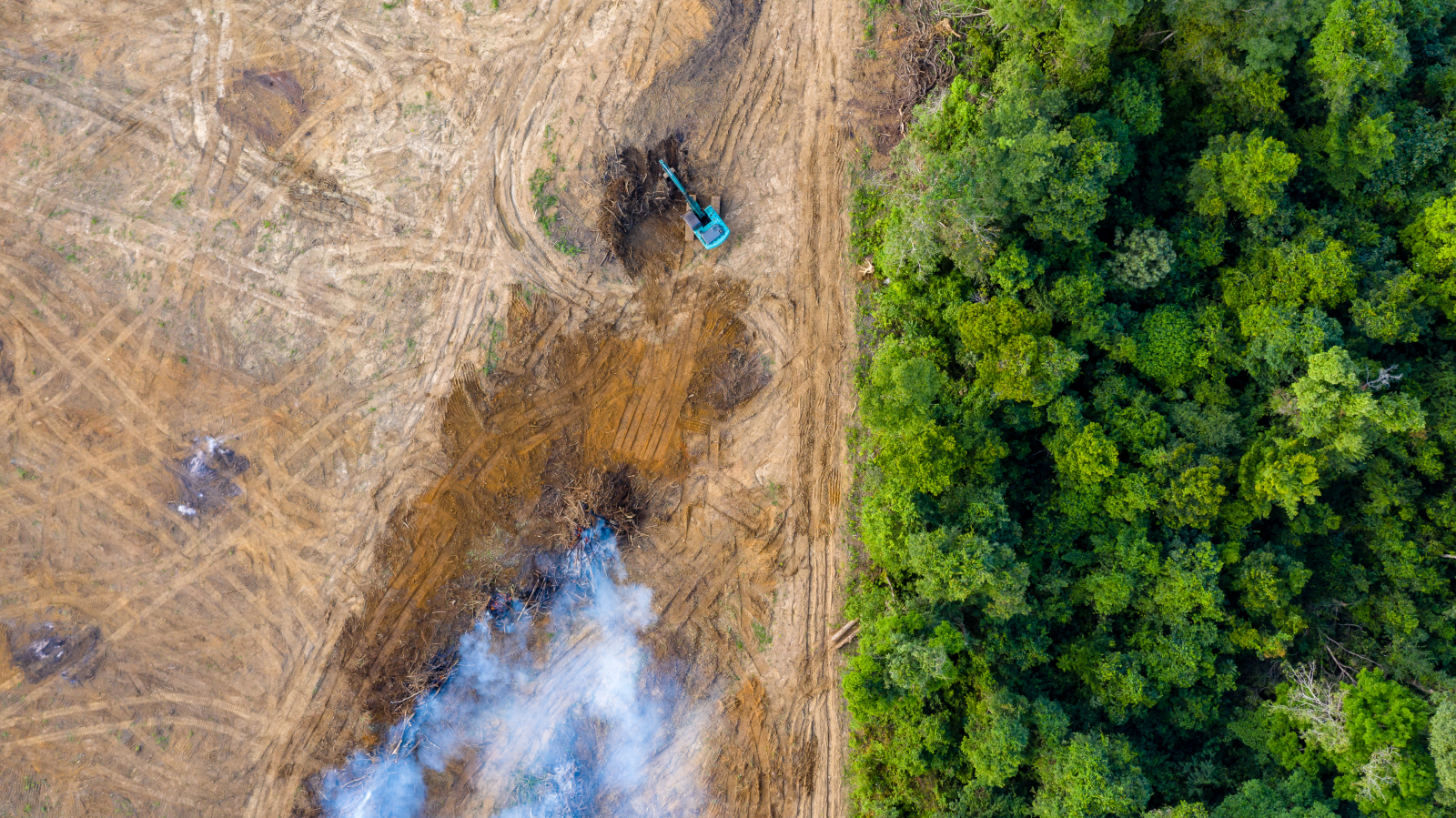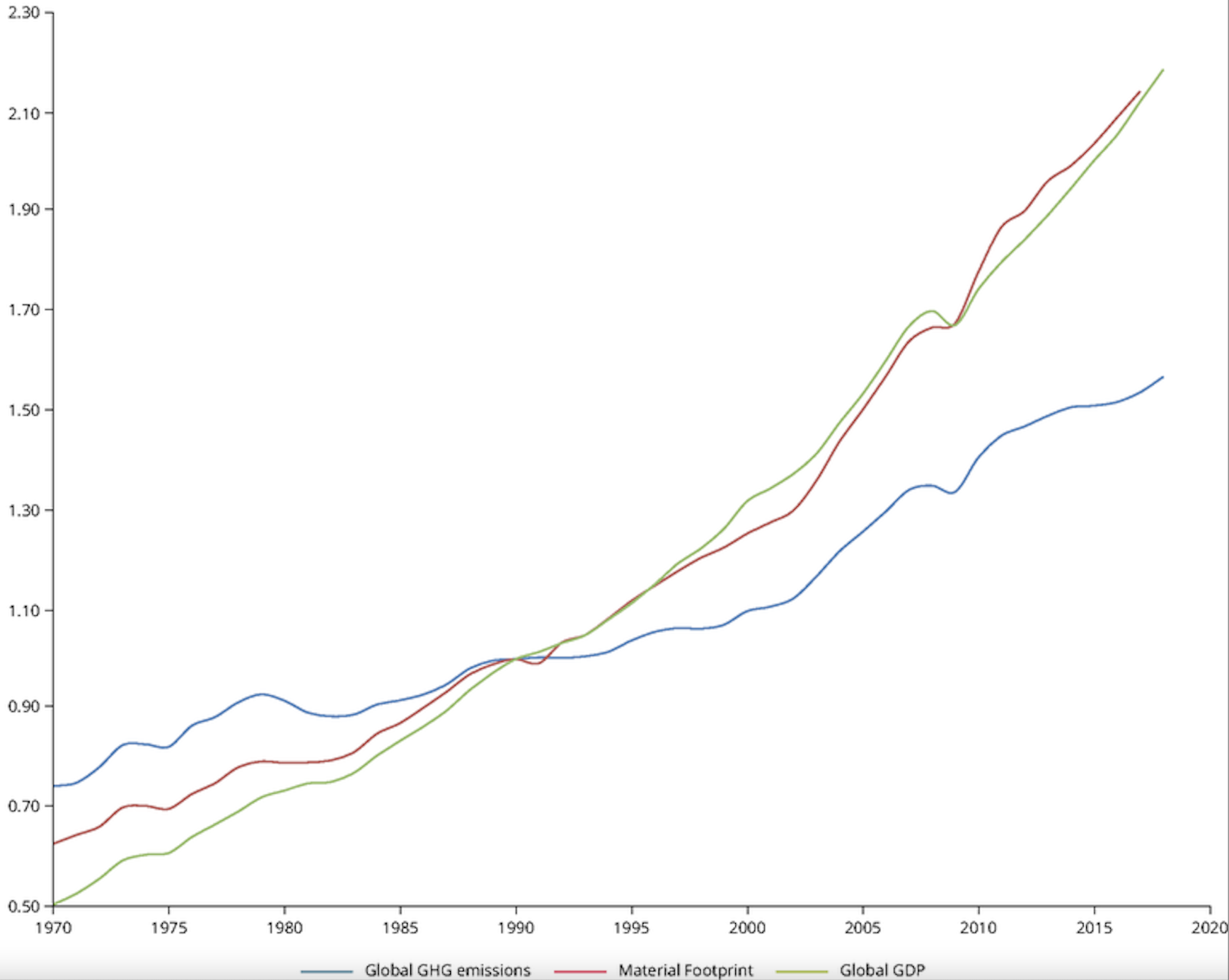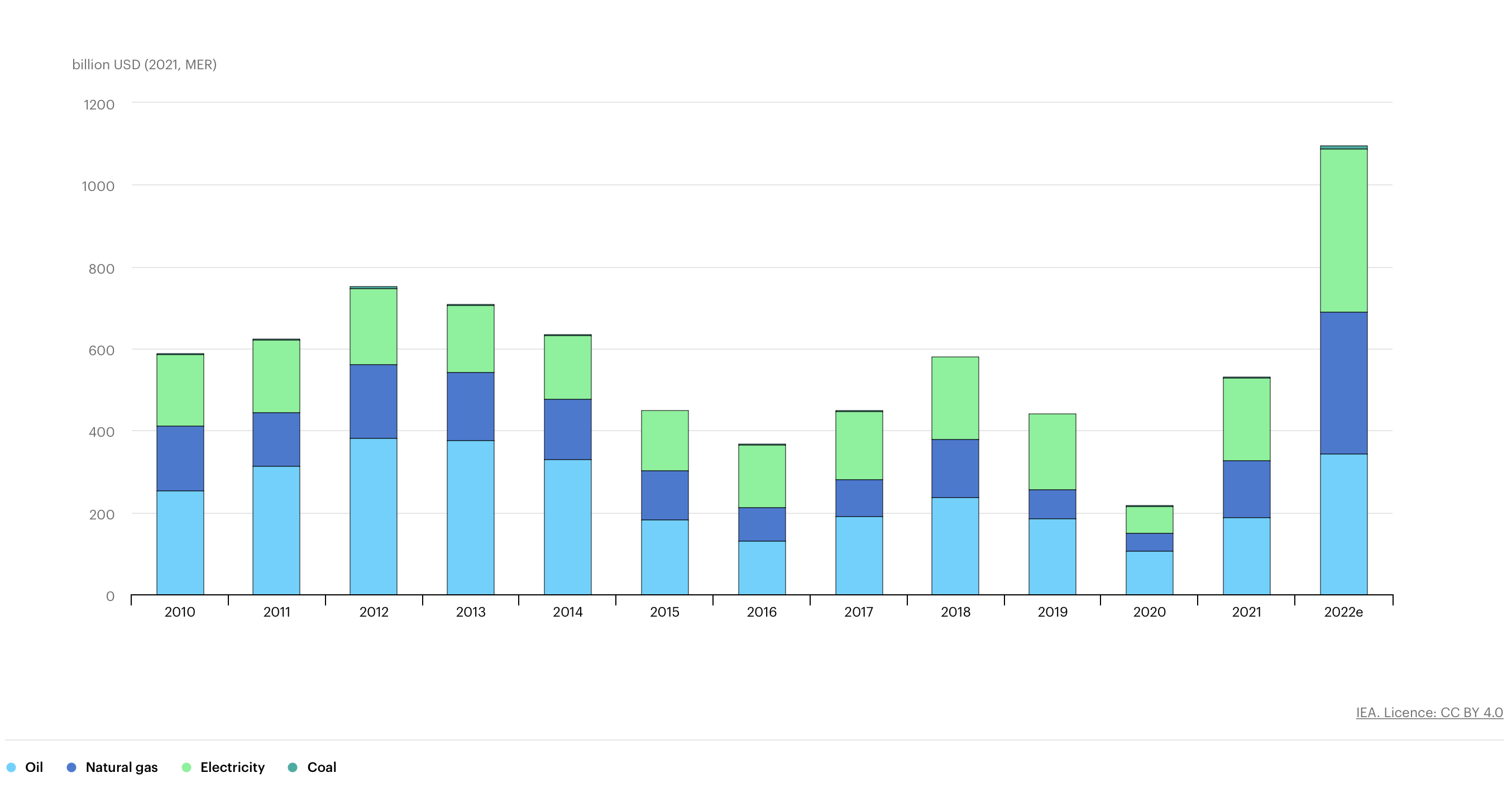
Is green growth failing?
Green growth hasn’t reduced carbon emissions and resource consumption to sustainable levels. Is improper implementation or faulty logic to blame?
The mainstream “green growth” solution to the climate and ecological crisis is relatively easy to transmit.
The premise is that there is no need to fundamentally alter the global economic system. Better technology, more efficiency, and the proper application of science and market mechanisms will “decouple” the historical association between GDP growth, rising carbon emissions, and resource overconsumption.
Negative externalities, such as carbon emissions and environmental degradation, will disappear, and continuous economic growth will become sustainable.
“Green growth is an inherently attractive idea to incumbent economic thinkers, because it means business as usual can continue, albeit with some tweaks around the edges,” said Lloyd McAllister, head of sustainable investment, at Carmignac.
Similarly, Hans Stegeman, chief economist at Triodos, attributes the success of the green growth narrative to its ability to enable investors and financiers to do what they have always done: mitigate risk and maximise returns.
However, in recent years, the publication of influential books such as Kate Raworth’s Doughnut Economy, and the increasing presence of post-growth thinkers on the fringes of the mainstream economic camps, suggests all is not well with the “fairy tale of eternal economic growth”.
Net Zero Investor explores why that dominant green growth narrative might be failing.
Also read:
Decoupling isn’t happening fast enough
The first and most obvious crack in the green growth narrative is that the promised “decoupling” between GDP, carbon emissions and resource consumption simply hasn’t happened and is highly unlikely to happen anytime soon.
The graph below shows that absolute carbon emissions have continued to increase alongside GDP growth, albeit at a relatively slower pace. In addition, the material footprint continues to rise unabated.

Green growth isn’t holistic enough
Another problem is that the green growth narrative fails to address the overconsumption of natural resources.
In her book Green New Deal, political scientist Naomi Klein, writes “The bottom line is that an ecological crisis that has its roots in the overconsumption of natural resources must be addressed not just by improving the efficiency of our economies, but also by reducing the amount of material stuff that the wealthiest 20 percent of people on the planet consume.”
Jacqueline Jackson, head of responsible investment at London CIV, urged asset owners to unpick the nuances around green growth’s dependency on decoupling and market mechanisms.
“We often consider natural capital and negative environmental and social impacts in terms of externalities that need to be internalised in an organisation’s balance sheet,” she said. “That’s the principle behind ESG risk.”
The problem is this principle implies acceptance of a company polluting more “so long as the revenue increases in proportion to the negative impact”. This creates a “free ticket” to “lower intensity of impact but increase absolute impact”.

Green growth might work, if implemented correctly
The limited "relative decoupling” alongside an unsustainable “material footprint” seems to provide conclusive evidence that green growth has failed. However, many would argue that improper implementation is the true cause of these apparent failings.
Green growth largely depends on successfully pricing pollution into financial markets and the global economy. If carbon emissions, and business activities that harm biodiversity and carbon sequestration, are made more expensive, then businesses will be forced to either reduce or halt their harmful practices. Eventually, sustainable alternatives will replace them.
But this hasn’t happened. There’s still no global carbon price, despite the IMF’s most ardent insistences. 2022 was a highly profitable year for oil and gas. It was also a record year for fossil fuel subsidies. In other words, pollution is still cheap and negative externalities remain largely unaccounted for.

“From a purist point of view, green growth and responsible investing is about internalising the costs of unsustainable economic activities, such as carbon emissions or single use plastics,” said Chris Iggo, chief investment officer for core investments and chair of the AXA IM Investment Institute. Factoring in the “true cost” would “change how investors view companies” and automatically lead to more sustainable business models. But for that to happen, there needs to be policy.
However, policymakers, who are often short-termist, have largely refrained from radical green growth policies, for reasons outlined in this Net Zero Investor series.
“There have been some attempts,” Iggo continued. “But we still don't have a global carbon tax. Carbon markets and emissions limits do exist, but we’re still emitting more and more carbon dioxide than ever. Policy hasn't done enough and so the fundamentals haven't changed too much either.”
Even the European Union has only just started implementing a carbon border adjustment mechanism. A universal basic income funded by carbon and nature taxes could help soften the blow of short-term price increases for basic goods and services, boost popular support, reduce political risk, and ensure a just transition. But no government has done this yet.
As for green subsidies, fossil fuel subsidies continue to reduce the effectiveness of ambitious packages such as the Inflation Reduction Act. One study shows that 16 US subsidies could increase the average rates of return of yet-to-be-developed oil and gas fields by 55% and 68% over unsubsidized levels. Fossil fuel subsidies create unfair advantage, even though renewables are now highly cost-competitive.
Aspiring responsible investors often bemoan the political inertia. Europe’s biggest private pension fund ABP recently told Net Zero Investor that they “can’t do this on their own” and policy support is essential.
Indeed, the lack of policy support has put extraordinary pressure on asset owners to do the “right thing” voluntarily, with mixed results. Those who have decarbonised portfolios have even been penalised by, for example, missing out on the massive oil and gas profits in 2022. The market mechanism aspect of green growth clearly suffers from improper implementation.
More policy support would help convince asset owners that sustainable investments are not only “nice to have” but sound financial decisions supported by an emerging legal framework.
At the individual consumer level, there is also a “stuck in the old ways” problem. People rushed to replace landline telephones with smartphones but see no urgency in replacing their gas boiler with a heat pump.
“The climate transition is costly, because the technology is still largely in its infancy, but we know from economic history that the cost will come down over time,” said Iggo. “Renewables are already cheaper than their incumbent fossil fuel sources in most energy systems.”
Better accounting needed
A lack of accounting standards has also held back green growth.
“The Natural Capital Protocol and Social Capital Protocol have only been around for the last ten years,” said McAllister. “The International Accounting Standards Board has only just released their standards. Climate and nature disclosures are still under development. The first step to pricing in negative externalities is to be able to calculate them in a standard, consistent fashion.”
In the absence of global standards, responsible investors attempt to make do with voluntary reporting from corporates. But such reports are neither systematic nor complete nor comparable, he added.
ESG scores, which have traditionally focused on the balance sheet impact rather than the real world impact, have also distracted investment, he said. ESG risk management – an essential market mechanism on which green growth depends – still has room for vast improvements.
The uncertainty factor
Even a vastly improved ESG accounting and risk management system might not be enough to solve the ecological crises, due to the “uncertainties” inherent to climate and nature risk, said Triodos’s Stegeman.
This is because ecological collapse represents less a conventional “financial risk” than a lingering uncertainty that can’t be solved by traditional risk mitigation, he said.
“Financial markets have no idea how to address climate and nature tipping points,” he said. “The green growth solution is to narrow the field of view, forget about tipping points, bet big on GDP and emissions decoupling, ignore biodiversity loss, and stake the future on continued future growth. That approach is unlikely to work in the long term.”
If a decoupling of GDP growth from ecological destruction is impossible, then a post-growth economy is the only viable solution, degrowthers and post-growthers argue.
Stay tuned for next week’s instalment on investing in degrowth.




